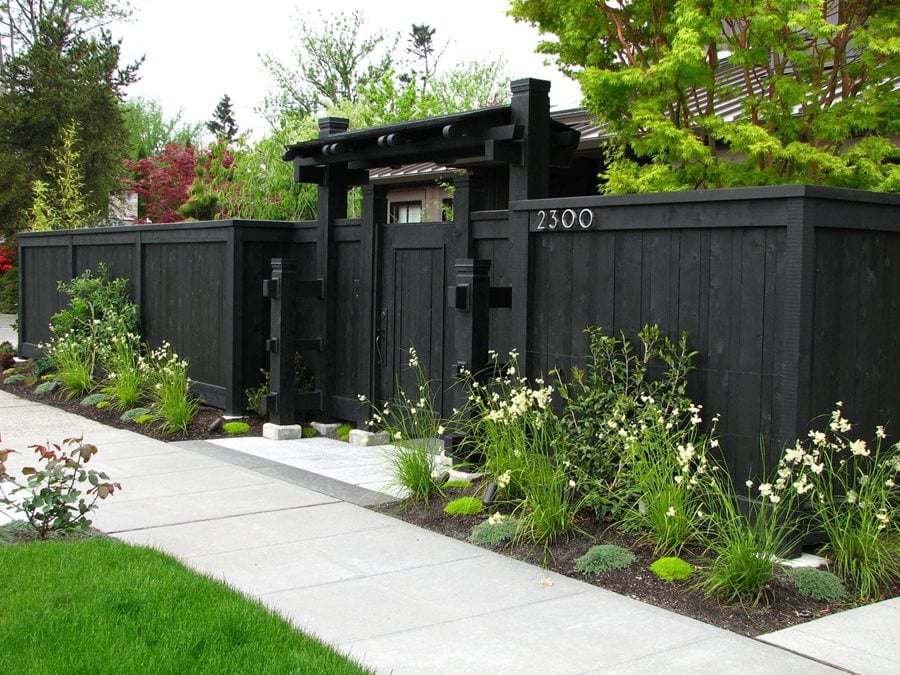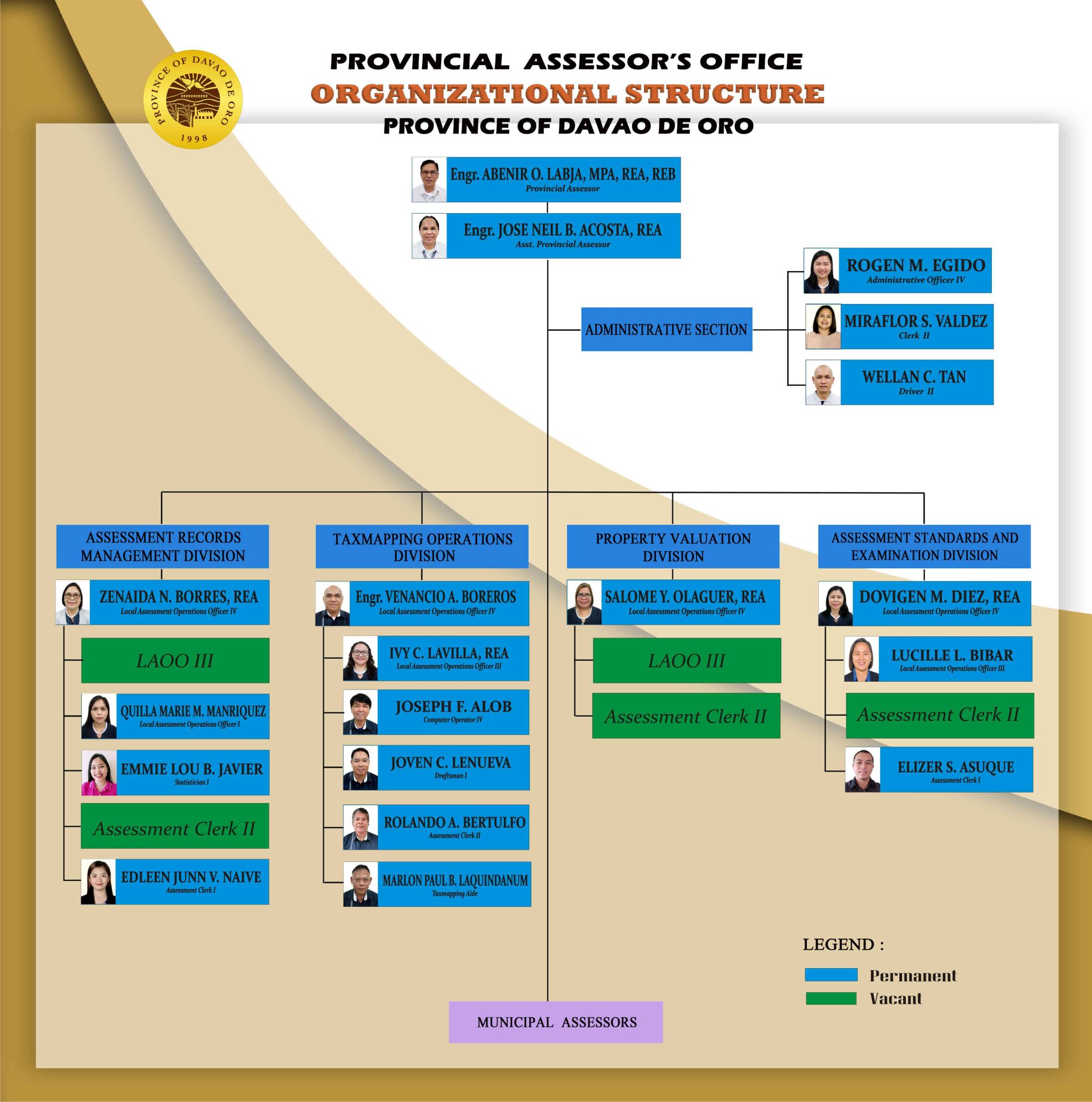Living Fences: Planning, Planting, And Maintenance

Table of Contents
Planning Your Living Fence
Before you even pick up a shovel, careful planning is crucial for a successful living fence. This section will guide you through the key considerations for designing and preparing your site.
Choosing the Right Plants
Selecting the right plants is paramount for a thriving living hedge. Consider these factors:
-
Climate Zone and Soil Conditions: Research plants native to your area for optimal hardiness and minimal maintenance. Consider factors like sunlight exposure, rainfall, and soil type (clay, sandy, loam). A soil test can reveal valuable information about your soil’s pH and nutrient levels.
-
Fast-Growing, Hardy Species: Opt for species known for their rapid growth and ability to withstand local weather conditions. Some popular choices include:
- Hawthorn: Dense, thorny, excellent for privacy.
- Privet: Versatile, adaptable, various heights achievable.
- Holly: Evergreen, provides year-round visual interest.
- Bamboo: Fast-growing, ideal for screening, but requires careful management to prevent invasiveness.
-
Mature Size: Check the ultimate height and width of each plant species to avoid overcrowding. Overcrowding can lead to weak growth and disease.
-
Examples of suitable plants:
- For dry climates: Oleander, Lavender
- For wet climates: Willow, Red Osier Dogwood
- For acidic soils: Azaleas, Rhododendrons
- For alkaline soils: Lilacs, Viburnum
Design and Layout
The design of your living fence should reflect your needs and aesthetic preferences. Consider:
-
Length and Height: Determine the desired dimensions based on the fence's purpose. A privacy fence will require greater height than a simple boundary marker.
-
Purpose: Is your fence primarily for privacy, marking a boundary, acting as a windbreak, or providing wildlife habitat? This will influence plant choice and design.
-
Visual Interest: Incorporate curves, varied plant heights, or different species for a more dynamic and visually appealing fence. Consider layering plants for added texture and depth.
-
Spacing: Allow sufficient space between plants to accommodate their mature size. Overcrowding will hinder growth and increase susceptibility to disease.
-
Illustrative Diagrams: Searching online for "living fence design ideas" will provide various examples to inspire your own design.
Preparing the Site
Proper site preparation is essential for healthy plant establishment.
-
Clear the Area: Remove all existing vegetation, rocks, debris, and any potential obstructions.
-
Amend the Soil: Improve drainage and fertility by incorporating organic matter like compost or well-rotted manure. This enriches the soil, providing essential nutrients for healthy growth.
-
Soil pH: Test the soil pH using a home testing kit and adjust accordingly to meet the specific requirements of your chosen plants. Lime can raise pH, while sulfur can lower it.
-
Essential Tools: Shovel, garden fork, rake, wheelbarrow, soil testing kit.
Planting Your Living Fence
Once your site is prepared, it's time to plant your living hedge.
Planting Techniques
Follow these steps for successful planting:
-
Dig Holes: Dig holes twice as wide and as deep as the plant's root ball.
-
Gently Remove Plants: Carefully remove plants from their containers, avoiding root damage.
-
Plant at Correct Depth: Ensure the root flare (the point where the roots meet the stem) is at soil level.
-
Backfill and Firm: Backfill the holes with soil, gently firming it around the base of the plant.
-
Water Thoroughly: Water deeply after planting to settle the soil and encourage root establishment.
-
Step-by-step instructions: Numerous online tutorials offer visual guidance on planting various types of plants.
Post-Planting Care
Providing adequate post-planting care is crucial for establishing a healthy living fence.
-
Regular Watering: Water deeply and regularly, especially during dry periods. Newly planted hedges are more vulnerable to drought stress.
-
Mulching: Apply a layer of organic mulch around the base of the plants to retain moisture, suppress weeds, and regulate soil temperature.
-
Weather Protection: Protect young plants from extreme weather conditions such as frost, strong winds, or intense sunlight using windbreaks or shade cloth.
-
Pest and Disease Monitoring: Regularly inspect plants for signs of pests or diseases, and take appropriate action if necessary.
Maintaining Your Living Fence
Ongoing maintenance is crucial for a thriving hedgerow.
Pruning and Shaping
Regular pruning is essential for maintaining the shape, density, and overall health of your living fence.
-
Regular Pruning: Prune regularly to maintain the desired shape and size, preventing unruly growth.
-
Proper Techniques: Learn proper pruning techniques to avoid damaging the plants. Incorrect pruning can lead to stunted growth or disease.
-
Timing: Prune at the appropriate time of year for each species; this will vary depending on plant type.
-
Sharp Tools: Use sharp, clean pruning tools to make clean cuts and minimize damage.
-
Pruning Schedules: Research the specific pruning requirements for the plant species you have chosen.
Ongoing Care
Continuous care ensures your natural fence remains healthy and beautiful.
-
Annual Fertilization: Fertilize annually to replenish nutrients and encourage vigorous growth.
-
Pest and Disease Control: Continue to monitor for pests and diseases, taking preventative or curative measures as needed.
-
Regular Watering: Maintain a consistent watering schedule, especially during periods of drought.
-
Weed Control: Regularly remove weeds and debris from around the base of the plants to reduce competition for resources.
Conclusion
Creating a beautiful and functional living fence is a rewarding project that enhances your property and the environment. By carefully planning, planting, and maintaining your living fence, you can enjoy years of natural beauty and the many benefits that come with this sustainable landscaping solution. Start planning your dream living fence today! Remember to research the best plants for your region and follow the guidelines for successful planting and maintenance for a thriving, vibrant living hedge that will beautify your property for years to come.

Featured Posts
-
 The Jonathan Tah To Manchester United Transfer Saga A Deep Dive
May 29, 2025
The Jonathan Tah To Manchester United Transfer Saga A Deep Dive
May 29, 2025 -
 Manchester United Enters Free Transfer Battle For Barcelona And Real Madrid Target
May 29, 2025
Manchester United Enters Free Transfer Battle For Barcelona And Real Madrid Target
May 29, 2025 -
 Fede Valverde Toni Kroos Mi Idolo Inequivoco
May 29, 2025
Fede Valverde Toni Kroos Mi Idolo Inequivoco
May 29, 2025 -
 New Pcc Community Markets Store Opens In Downtown Seattle
May 29, 2025
New Pcc Community Markets Store Opens In Downtown Seattle
May 29, 2025 -
 The Honda Effect Winning Bikes Winning Riders
May 29, 2025
The Honda Effect Winning Bikes Winning Riders
May 29, 2025
Latest Posts
-
 2025 Pro Motocross Championship What To Expect
May 31, 2025
2025 Pro Motocross Championship What To Expect
May 31, 2025 -
 2025 Love Moto Stop Cancer Online Auction Items Up For Bid
May 31, 2025
2025 Love Moto Stop Cancer Online Auction Items Up For Bid
May 31, 2025 -
 Your Guide To The 2025 Pro Motocross Championship
May 31, 2025
Your Guide To The 2025 Pro Motocross Championship
May 31, 2025 -
 Support The Cause 2025 Love Moto Stop Cancer Auction
May 31, 2025
Support The Cause 2025 Love Moto Stop Cancer Auction
May 31, 2025 -
 Country Name S Homebuilding Crisis The Provincial Perspective
May 31, 2025
Country Name S Homebuilding Crisis The Provincial Perspective
May 31, 2025
